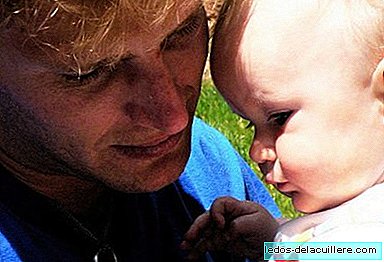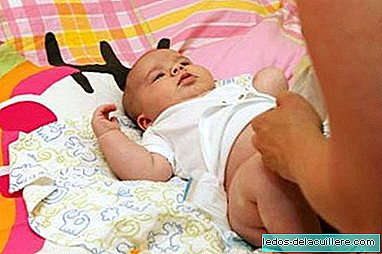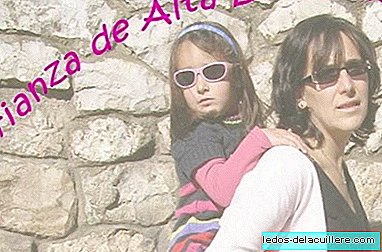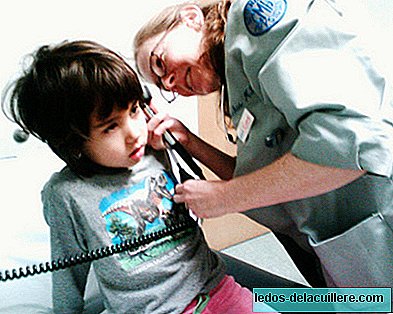Every year, the flu arrives infallible to your appointment. Each winter in Spain between 5% and 7% of the population is infected with the flu being January when the highest incidence of the epidemic occurs, which usually lasts on average between 10 and 12 weeks.
The number of cases is increasing in recent days, but according to Francisco Pozo Sánchez, researcher and coordinator of the National Influenza Surveillance Network in Spain "the flu will reach its maximum epidemic peak in the next few days. In a week or two the flu epidemic will hit the ceiling and then begin to descend. "
Cases increase in children
The last week (January 15-21) has been registered a case increase of 16.9 percent. The overall rate this third week of the year amounts to 290 cases per 100,000 inhabitants, with a high intensity level and increasing evolution, and with a significant increase both in the group of 0 to 4 years, as in the 5 to 14 years.
Overall, since the beginning of the 2017-18 season, a total of 278 flu deaths confirmed by laboratory in Spain, all over 44 years and 82% over 64.
Fortunately, in our country we have not had to regret the deaths of children due to the flu, a disease that in the United States, where one of the worst flu outbreaks in decades has been recorded, has killed thirty children.
The most punished region of our country is La Rioja, followed by Navarra, the Basque Country, Ceuta, Catalonia, Castilla y León, Aragón and Cantabria.
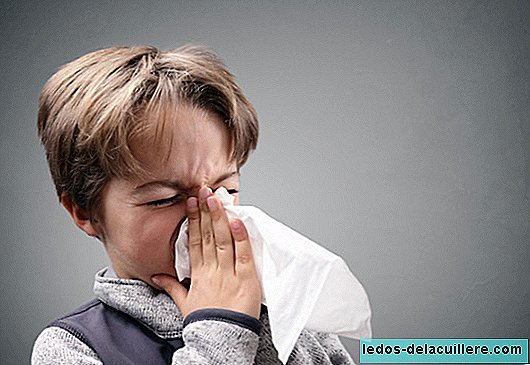
More visits of children with asthma to the emergency room
The flu is especially increasing the visits of asthmatic children to the emergency department due to the worsening of symptoms, as warned on Wednesday by the Spanish Society of Clinical Immunology, Allergology and Pediatric Asthma (SEICAP), which highlighted the importance of vaccinating children. minors with this pathology. He points out that the vaccine avoid between 60 and 78% of emergency visits and hospitalizations for asthma crisis.
This year, variety B
Seasonal flu is an acute viral infection caused by a flu virus. There are three types of seasonal flu: A, B and C, being group B (especially the Yamagata strain), responsible for the majority of infections this year and 73% of deaths.
The increase in cases related to virus B usually manifests towards the end of the epidemic, after it has reached its peak. However, the main feature of this season is that it has been strongly present from the beginning.

The effectiveness of the vaccine this year
According to sources in the pharmaceutical sector, this year the effectiveness of the vaccine does not exceed 25% compared to the average of other seasons that stands at 60%.
For what is this? Basically, the vaccine created according to WHO's indications for this year does not collect the strain of the B group virus responsible for most infections.
The explanation is very simple. The flu virus constantly mutates, for that reason every year a new vaccine is designed for the next flu season, making it virtually impossible for a single vaccine to be completely effective for all possible variations that the virus will have. At least until a universal vaccine is available.
For this season it was expected that the most predominant viruses were the AH1N1 and AH3N2 viruses (last year the one that wreaked havoc was influenza A), but instead there is a clear predominance of virus B.
The flu vaccine in babies and children
However, although this may cause many people to consider the convenience of vaccinating, experts still recommend vaccination as the most effective way to prevent the flu, since it can be achieved with it. reduce its involvement by 25 percent, something very important especially in risk groups.
As for children, influenza vaccination of infants is recommended older than six months, even if they are not included in the risk groups, if their parents request it and their pediatrician considers it convenient. This is so to prevent the high rate of complications associated with influenza in this age group.
We must also consider contagion. Children are the main transmitters of the virus and spread from the day before symptoms begin until seven days later.
The vaccine begins to take effect from two weeks after its application and lasts several months, so this year would no longer proceed, but take it into account for the next.
What if they spread?
With the high transmission of the influenza virus among children it is very difficult to avoid contagion in the season of greatest circulation (occurs at most once per season), although we can follow certain tips to prevent it.
If the child is still infected, although the flu is not treated (it is not treated with antibiotics), it can be relieve symptoms until it remits on its own. The fever is treated with antipyretic agents that also help relieve discomfort, and otherwise, rest if it is low and fluids to keep it hydrated.
We should also be alert to certain symptoms such as very high and persistent fever, skin rash and difficulty breathing. Before any of these symptoms it is convenient to go to the pediatrician.
Photos | iStockphoto
More information | Family and Health (AEPED)
In Babies and more | Influenza in children, AEP Recommendations on influenza vaccination (2017-18 campaign), Covering your nose and mouth when you sneeze would not be enough to prevent the spread of influenza
In Xataka | In the midst of the worst flu epidemic in years, we finally have the universal vaccine at your fingertips



